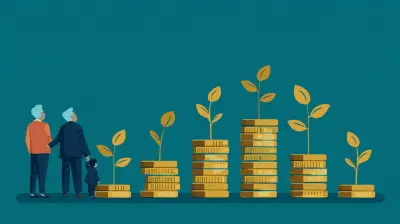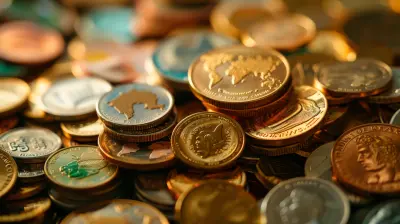The Correlation Between Gold and the U.S. Dollar Explained
16 August 2025
Let’s be real — financial markets can feel like a jungle. You’ve got stocks swinging up and down, interest rates lurking in the shadows, and then there’s gold and the U.S. dollar doing their very own tango. If you’ve ever scratched your head wondering why gold prices fall when the dollar rises, or vice versa, you’re not alone.
In this article, we’re cutting through the noise to break down exactly how gold and the U.S. dollar are intertwined. We’ll keep things clear, casual, and jargon-free. So, if you’re tired of overcomplicated finance talk, you’re in the right place.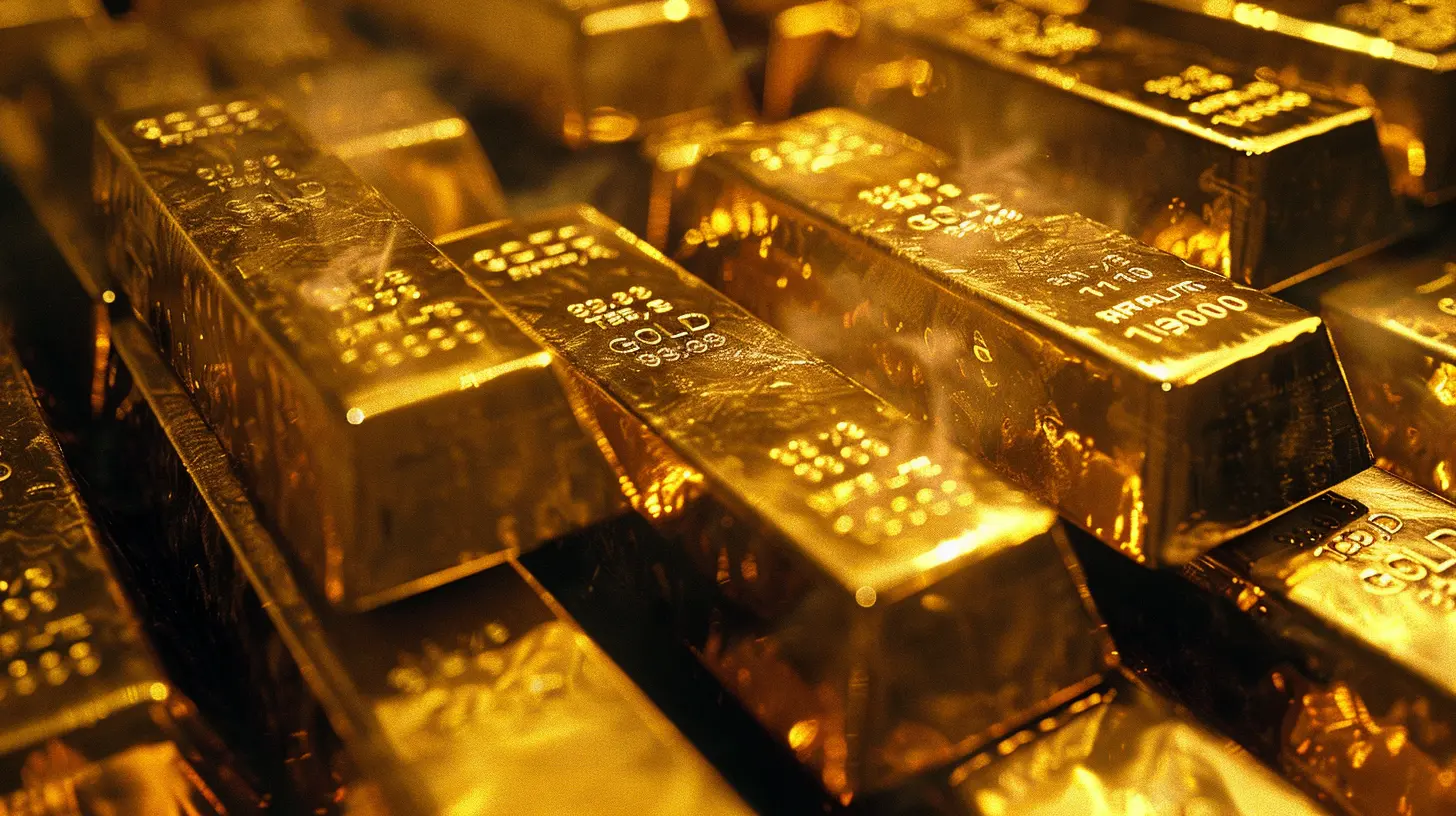
Why Gold and the U.S. Dollar Matter
Before we get into their relationship, let’s quickly talk about why these two big players matter in the first place.Gold isn’t just some shiny metal sitting in a vault. It’s a global symbol of wealth, a hedge against inflation, and a go-to safe haven during economic chaos. When people don’t trust paper money or markets start to wobble, guess what they flock to? Yep — gold.
The U.S. dollar, on the other hand, is the world’s reserve currency. That means it’s used in most global transactions, and countries hold it in their central bank reserves. Basically, it's kind of a big deal.
Now let’s get to the juicy part — their relationship.
The Inverse Relationship: When One Goes Up, the Other Often Goes Down
Here’s the headline: Gold and the U.S. dollar usually move in opposite directions. This is what’s called an inverse correlation.But why?
1. Gold is Priced in U.S. Dollars
Simple, right? Since gold is priced in dollars globally, when the dollar gets stronger, it takes fewer dollars to buy the same ounce of gold. So if you're overseas and your local currency weakens against the dollar, gold becomes more expensive for you. Demand drops, and gold prices fall.On the flip side, when the dollar weakens, gold becomes cheaper in other currencies. That boosts demand and, boom — gold prices rise.
2. The Safe Haven Shuffle
During times of global uncertainty — think recessions, wars, or pandemics — investors look for safety. Sometimes that’s gold. Other times, that’s the U.S. dollar. It depends on the flavor of fear and where the panic is coming from.If faith in the U.S. economy goes down the drain, people may ditch the dollar and turn to gold instead. But if the rest of the world is freaking out and the U.S. looks relatively stable, investors might pile into the dollar.
It’s like choosing between two types of lifeboats during a storm. One is shiny and old (gold), the other is government-issued and widely used (the dollar). You pick based on which one you think will float better.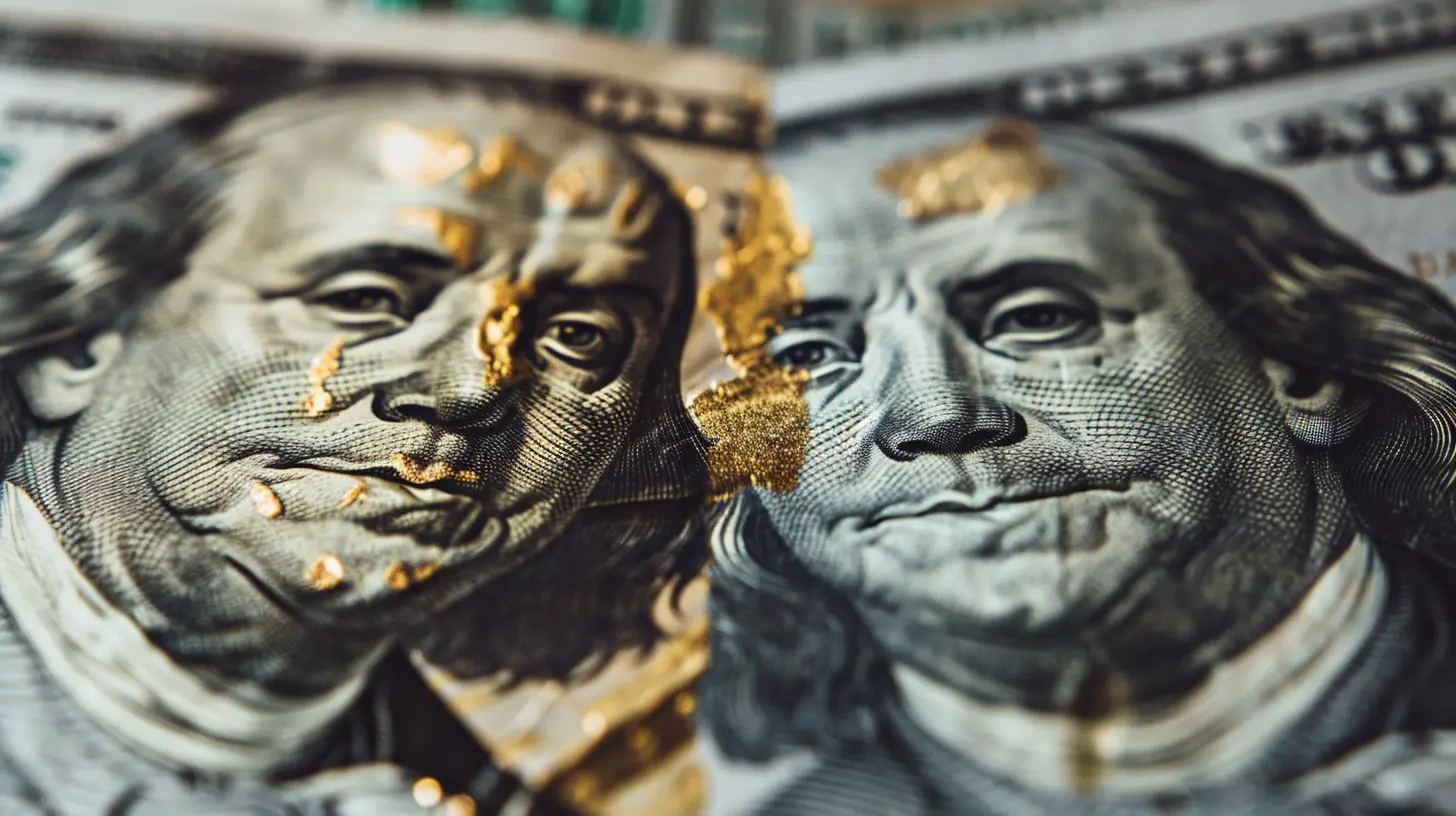
Key Moments That Show the Correlation
You don’t need a Ph.D. to spot patterns between gold and the dollar. Let’s look at a few real-life scenarios where their relationship made headlines.2008 Financial Crisis
When the global economy came crashing down in 2008, both gold and the dollar saw major attention. Initially, the dollar strengthened as investors sold off riskier assets and hoarded cash. Later, as the Federal Reserve slashed interest rates and printed money, gold took off like a rocket. Why? People feared inflation and dollar devaluation. Gold was their safety bet.COVID-19 Pandemic (2020)
At the start of the pandemic, the dollar spiked. People needed liquidity (aka cash). But as stimulus checks hit and the Fed eased monetary policy, the dollar lost steam, and gold soared to all-time highs past $2,000 an ounce. Again, people were worried about inflation, debt, and the unknown.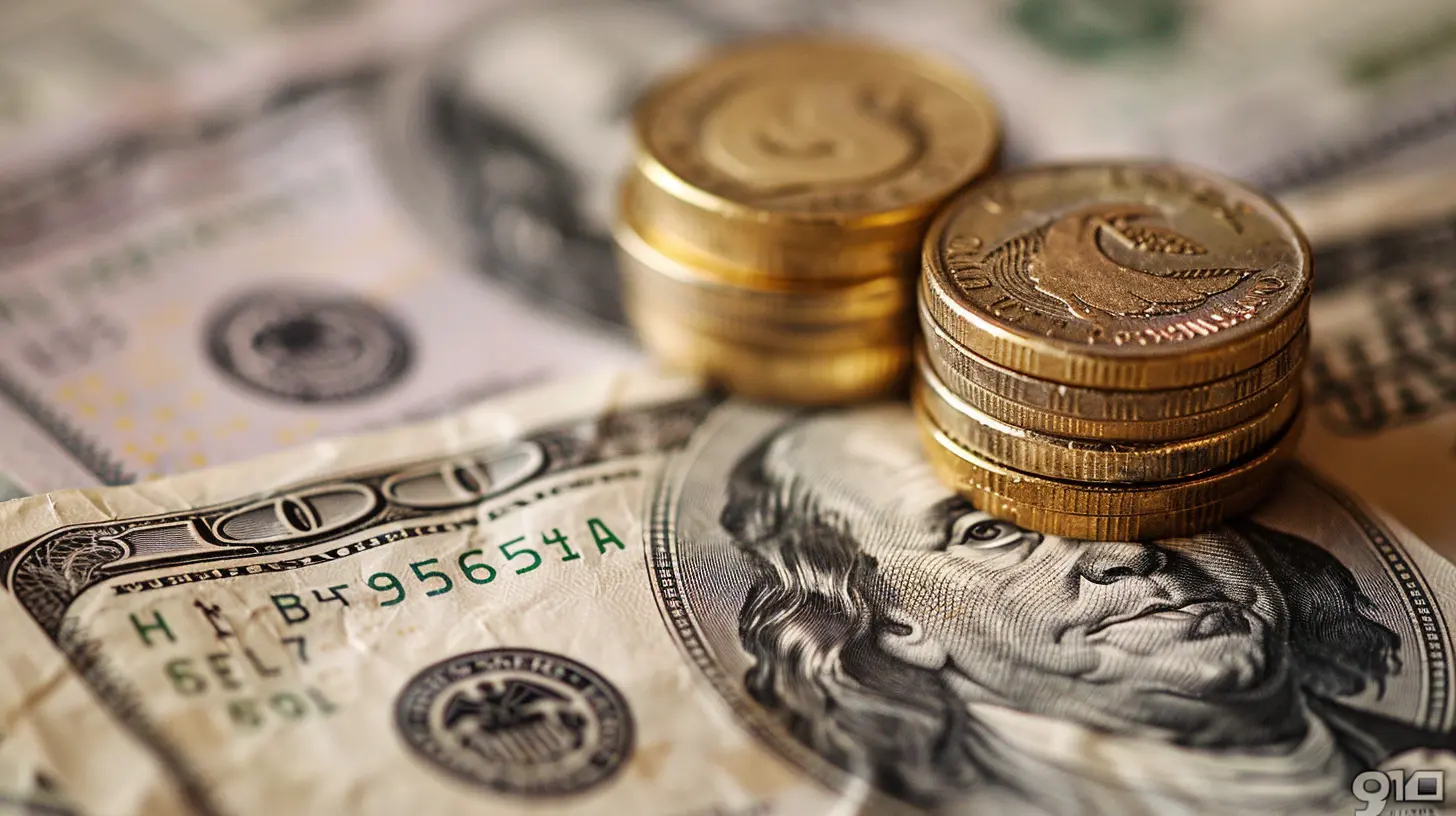
Not Always Perfectly Inverse
Let’s pump the brakes a bit. While gold and the dollar tend to go in opposite directions, it’s not a rule set in stone. There are exceptions — lots of them.Factors That Can Break the Pattern:
- Interest Rates: If interest rates rise in the U.S., the dollar usually strengthens. But if inflation fears grow faster, gold can rise too. So sometimes they both go up.- Geopolitical Risk: In times of war or political chaos, both gold and the dollar might climb if investors are looking for relative safety.
- Inflation Expectations: If people think inflation’s going to spike, they might buy gold regardless of what the dollar’s doing.
The point is — don’t treat it like a light switch. It’s more like a dimmer, influenced by a lot of other moving parts.
What This Means for Investors
If you’re investing — whether you're just starting out or have seasoned spreadsheets — this relationship matters. Big time.Hedging Strategy
Many investors use gold to hedge against dollar weakness. Think of it as wearing both a raincoat and sunscreen. You’re covered whether it pours or shines.Portfolio Diversification
Gold adds a layer of protection. While other assets like stocks and bonds are tied to the dollar and interest rates, gold dances to its own beat. That adds balance.Timing the Market
Trying to time when to buy gold or dollar-indexed assets? Watching this inverse relationship can give you clues. If the dollar is at multi-year highs, it might be a smart time to start looking at gold — and vice versa.The Role of Central Banks
We can’t talk about this relationship without giving a shoutout to the real power players: Central banks. The Federal Reserve (U.S. central bank) especially.When the Fed raises interest rates, the dollar usually strengthens. Why? Higher rates attract foreign investors looking for better returns. But higher rates also increase borrowing costs, which can dampen economic growth — and that’s when gold becomes attractive again.
It's a constant balancing act. Like a tightrope walker trying not to lean too far either way.
The Impact of Inflation
Ah, inflation — the boogeyman of everyday economics. Inflation eats away at your purchasing power. And when inflation’s on the rise, gold gets a lot of love.Historically, gold has served as a hedge against inflation. When people lose faith in fiat currency (that’s your dollar, euro, yen, etc.), they turn to tangible assets like gold.
However, if inflation is rising and the Fed is hiking rates aggressively to counter it, the dollar might also strengthen, creating those rare times when both gold and the dollar are climbing together.
It’s like seeing two players from rival teams high-fiving. It’s weird, but it happens.
The Bottom Line: A Fluid, But Powerful Connection
So, let’s wrap this up.Gold and the U.S. dollar are like two sides of a financial seesaw. When one goes up, the other tends to dip — but not always. Their relationship is shaped by a cocktail of factors: interest rates, inflation, geopolitics, central bank policies, and even good old-fashioned investor sentiment.
If you’re building a portfolio or making financial decisions, keeping an eye on this duo is like checking the weather before heading out. You might not control the storm, but you'll definitely be better prepared for it.
Remember, gold isn't just a shiny rock, and the dollar isn’t just another piece of paper. They’re economic indicators, market movers, and emotional triggers for investors around the globe.
Stay curious, stay informed — and don’t be afraid to ask: “What’s gold doing, and how’s the dollar reacting?”
Chances are, the answer will tell you a lot more than just the price of metal or a currency.
all images in this post were generated using AI tools
Category:
Gold InvestmentAuthor:

Audrey Bellamy
Discussion
rate this article
1 comments
Brigitte Barlow
Great article! You’ve clearly explained the intricate relationship between gold and the U.S. dollar, making complex concepts accessible. Understanding this correlation is vital for investors navigating economic changes. Keep up the fantastic work in simplifying finance topics for all of us!
September 4, 2025 at 2:58 AM

Audrey Bellamy
Thank you so much for your kind words! I'm glad you found the article helpful in understanding the gold-U.S. dollar relationship. Your support means a lot!
